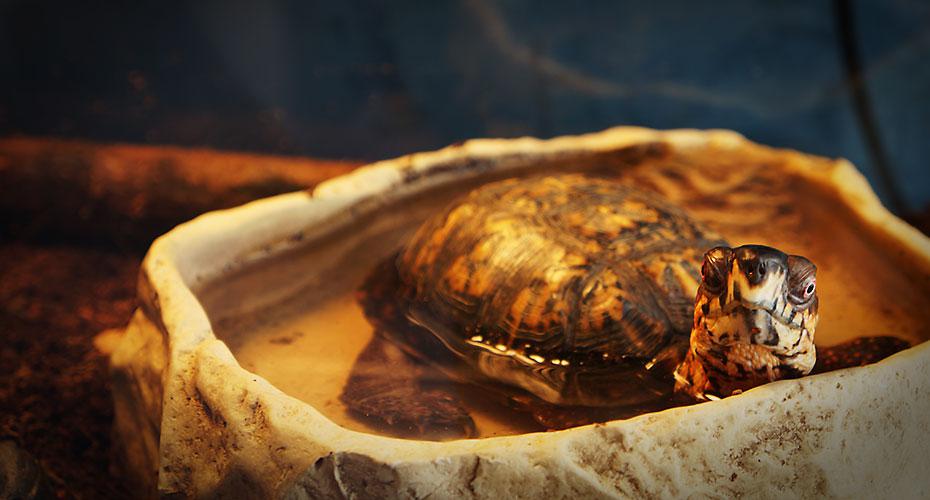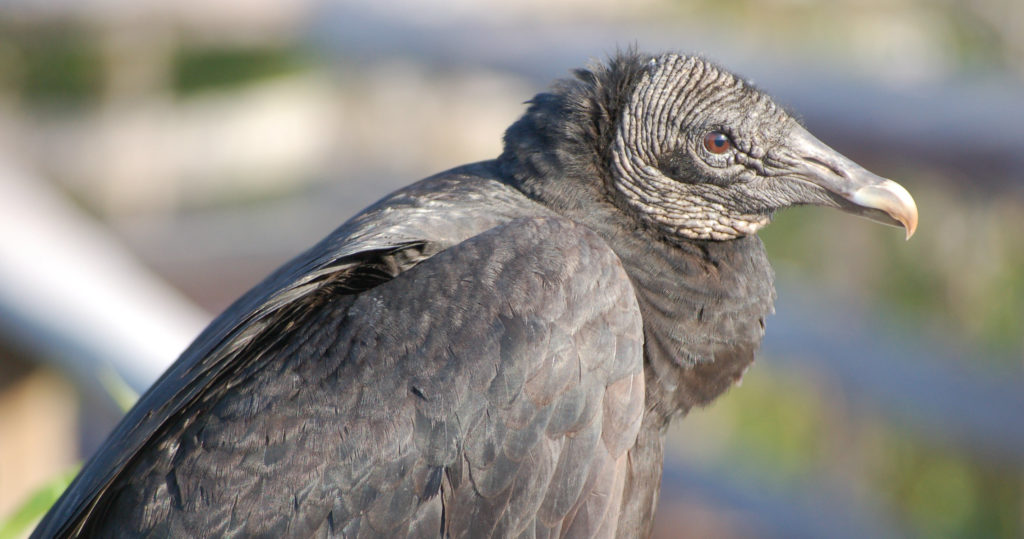In this match-up activity, students develop an appreciation for the varied diets of different animals.
Animals eat different things depending upon where they live, what else lives there, what time of year it is, what their mouth is shaped like, and if they use tools.
Each species living in an ecosystem has a specific combination of preferred food, time of day to find food, and method of finding food. If each species has a unique combination of these, competition for food is kept to a minimum, and the biodiversity in an ecosystem can be greater.



 copy.jpg)